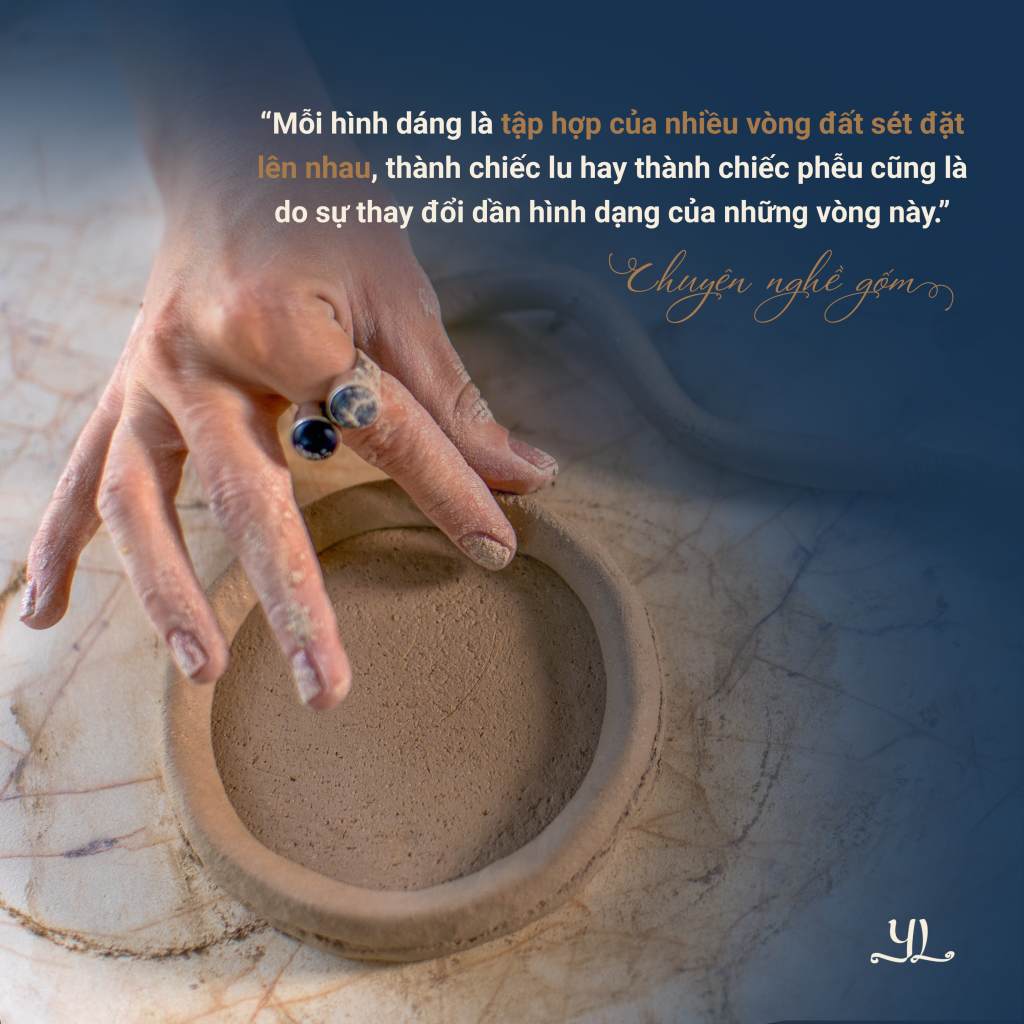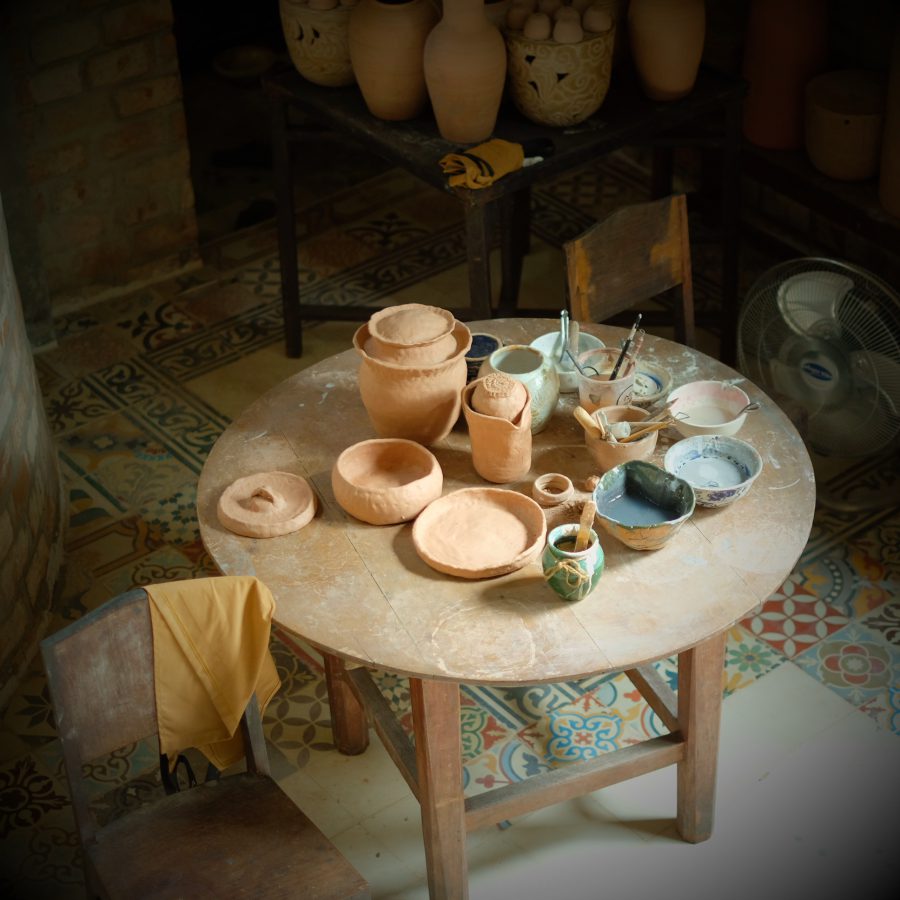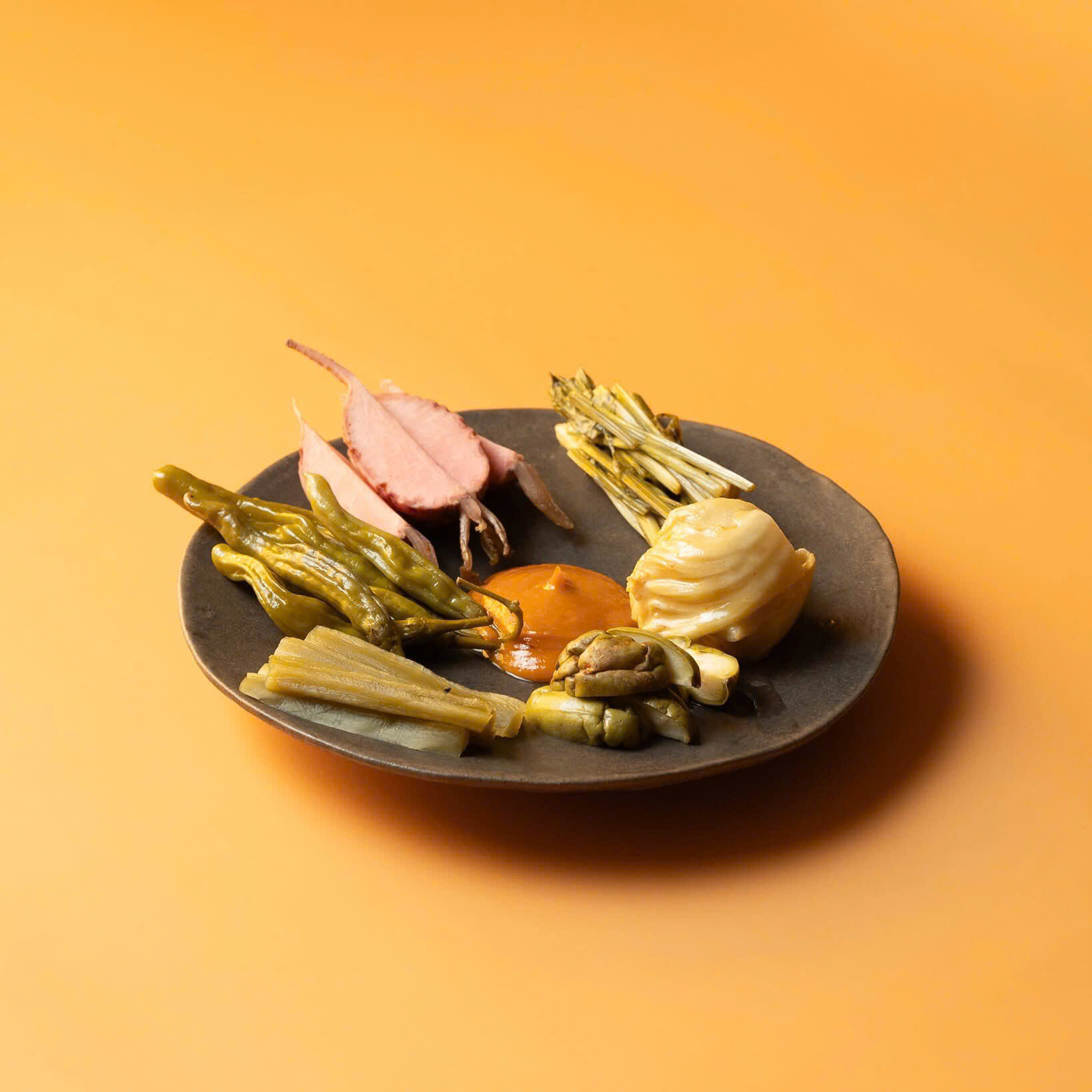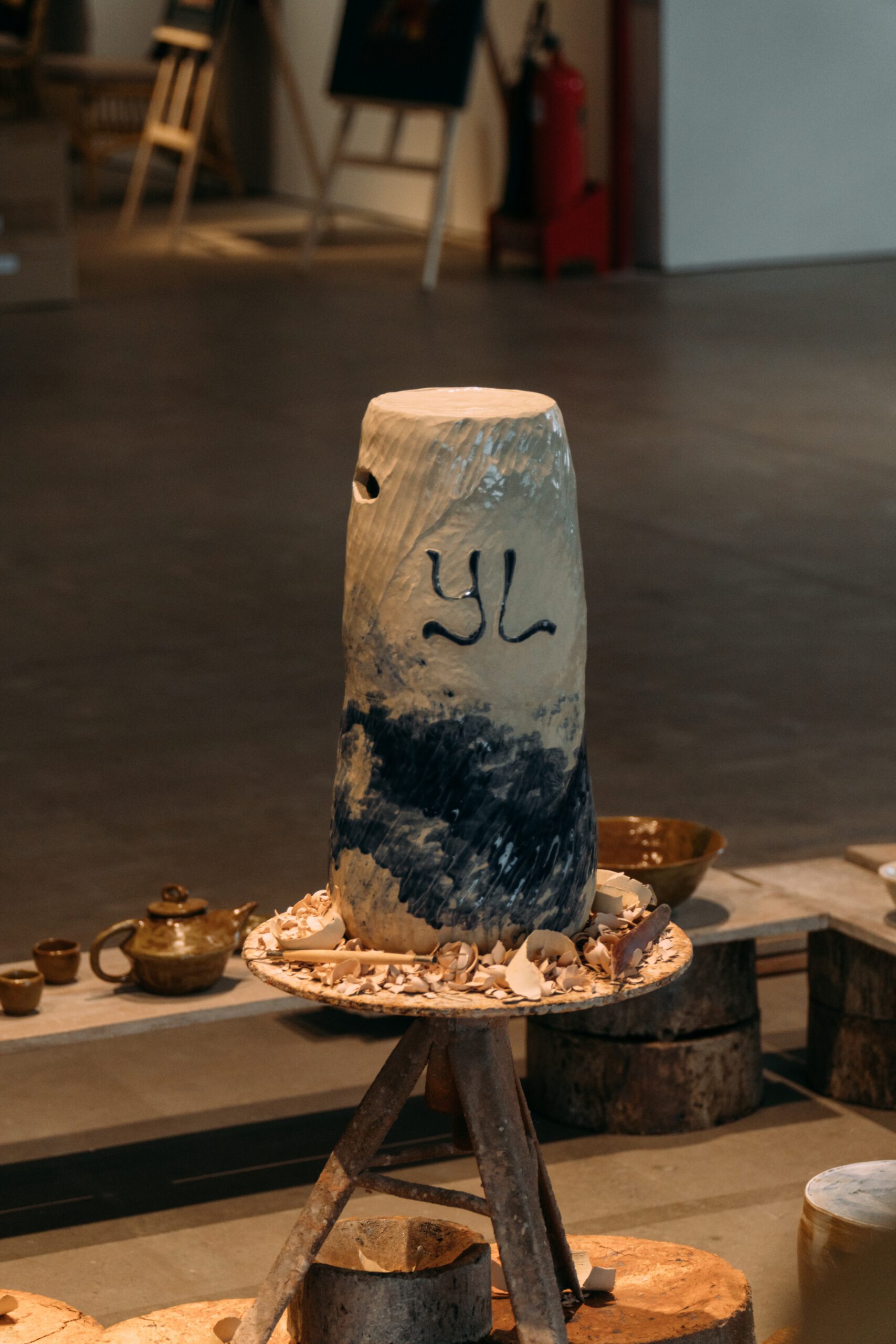Story of the Pottery Profession #1: Hand Shaping, Creating Vessels, and the Primitive Stages of the Pottery Trade!
If you take the time to observe a piece of pottery, you will notice that each shape is a collection of many layers of clay stacked on top of each other, whether it becomes a jar or a funnel, it is because of the gradual changes in the shape of these layers.
When humans had not yet invented any means to make pottery, we interacted with clay instinctively, with raw, simple, and innocent perceptions. From these initial touches and recognitions, the method of hand shaping and coiling was born, though the exact time of its origin cannot be determined. Following nature, when encountering something soft and pliable, we would mold, pinch, shape, and pull to change its form. From the desired shape we needed to create, we would contemplate how to manipulate the shapeless lump of clay in front of us. Among the most basic human needs for containers, the round shapes were likely the first forms devised by people in their design endeavors for various tools and utensils. Thus, each action was refined through countless interactions with the earth to develop a technique for molding the clay into different shapes: round and oval.
If you take the time to observe a piece of pottery, you will realize that each shape is a collection of many layers of clay stacked on top of one another; whether it becomes a jar or a funnel is due to the gradual change in the shapes of these layers. Once the molding and shaping techniques are mastered, the height limit of this method becomes a challenge, leading to the opportunity for the next technique: creating and building forms.
Imagine that no matter how skilled a potter becomes, or how effectively they can handle a large lump of clay, there will always be limits imposed by human strength and the moisture content of the clay. Dry clay can be easily built up high, but if it becomes too dry, it cannot be shaped. Clay at the right moisture content allows humans, with their limited physiques, to carry and shape it within that limitation. When the clay has been entirely manipulated yet the height is still insufficient, ancient people discovered the technique of rolling the clay into long coils and stacking them to continue building.

Each long strip is like an eel, which the people of the South refer to as a ‘lươn.’ ‘Be’ is the action of using the hands to secure the clay so that when the coil is placed onto the base, it is held and pressed firmly, much like how one would mound the earth to build an embankment for rice fields. Each coil, after being added, must be worked to ensure it is smooth and neat, contributing to the overall shape of the clay object. This process continues, adding coil after coil, until satisfaction is achieved.
Hand shaping and coiling is an ancient, slow pottery-making method that can accommodate a myriad of shapes. Bit by bit, piece by piece, pottery cannot be rushed; it is a method that allows us to cultivate and maintain our focus, patience, and creativity in the presence of ourselves, the earth, and the craft.
Việt Hải
Yên Lam











